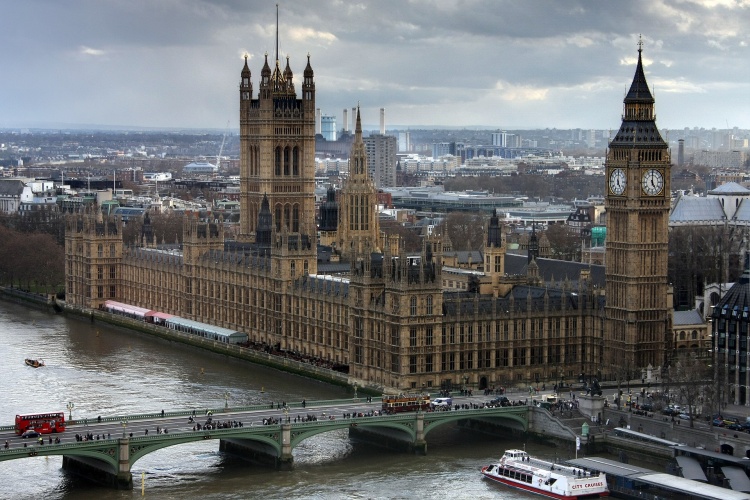
In his statement delivered in Parliament yesterday (November 25) Sunak promised to ‘deliver on the priorities of the British people’, with a ‘once-in-a-generation’ investment in the UK’s infrastructure.
Over £2bn will be invested into keeping transport arteries open, which includes subsidising the country’s rail networks, with plans to upgrade railways, as well as implement new cycle lanes and over 800 zero emissions buses.
The government’s new National Infrastructure Strategy was published yesterday, supported by a new UK Infrastructure Bank, which will be established with headquarters in the North of England beginning Spring 2021.
Sunak pledges to 'get things done' with £22bn R&D budget
PM maps out Britain's Green Industrial Revolution
Colin Wood, chief executive for Europe at AECOM, commented: “What we need to see between now and the Chancellor’s next fiscal statement are the details and decisions that are buried in the National Infrastructure strategy. How is procurement going to change for the better, details on changes to the Green Book, how is the infrastructure bank going to work and confirmation and swift adoption of key recommendations such as the integrated rail plan.”
Sunak set out a funding budget for research & development of ‘almost £15bn’, stating that the country is becoming a ‘scientific superpower’.
A new Levelling Up Fund worth £4bn was also revealed, which will be managed jointly by the Treasury, the Department of Transport and the Ministry of Housing, Communities and Local Government, in order to take a ‘new holistic, place-based approach to the needs of local areas.’
Tom Bridges, UK Cities advisory leader and Leeds office leader at Arup, said: “The £4bn levelling up fund is good news for towns and cities, particularly for those hit hard by Covid-19 restrictions. We will have to wait and see for the detail, and we think Mayors, combined authorities and councils will have an important role in working with MPs on the plans for how it is spent.”
Welcoming the infrastructure strategy, Donald Morrison, People & Places Solutions senior vice president Europe at Jacobs said: “It’s good to see a long-term, sustainable, infrastructure strategy – not just for our industry, but for rebalancing the economy as a whole. Creating social value is vital for levelling up.
“We must attach outcome-focused goals to all infrastructure funding promises. Now is the time to ‘think think think’ before we ‘build build build’ to make sure we’re designing infrastructure that will be of long-term benefit to all of us all economically, environmentally and socially.”





Nanogenerator consumes CO2 to generate electricity
Whoopee, they've solved how to keep a light on but not a lot else.